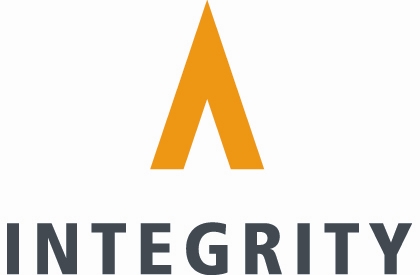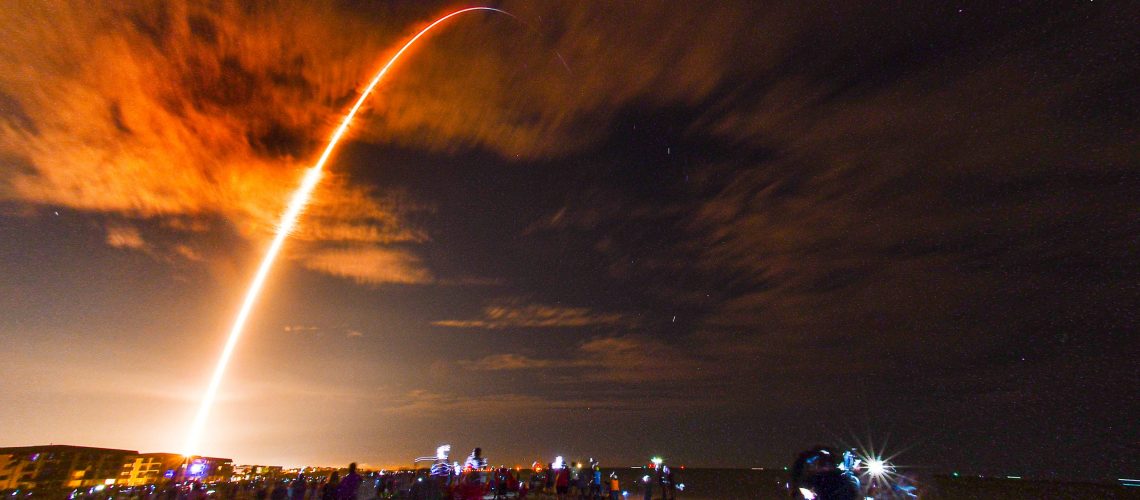New manned space program provides a modern example of teamwork.
One of the benefits of a disrupted business schedule is having the time to do different things in the middle of a workday. Recently, I enjoyed watching the entire webcast of the launch of the SpaceX Crew Dragon spacecraft, named “Resilience” that took place on 11/15/20. This was the very first NASA/ SpaceX launch of an astronaut crew to the International Space Station and a significant benchmark for the American space program. It’s the first NASA manned flight to the ISS in nearly 10 years. In a very important sense, the U.S. is finally back in the exciting adventure of flying men and women to space.
But that’s not why I’m writing about it. The mesmerizing coverage made me realize how effective we are when we get collaboration right. I’ll try to not geek out here and bore you with too many details. Feel free to watch the 4-hour event yourself on YouTube.
I just want to share an observation that, aside from the incredible technology, will inspire anyone who relies on the cooperation of other people to achieve big goals. Basically, all of us.
For some context, I was born after humans landed on the moon and I was schooled by my dad on the wonders of manned space flight. He was a jet pilot in the Air Force in his youth and was a keen observer of the space program. In fact, by the time I came on the scene, he was a manager at a NASA contractor. Although he didn’t work directly with them, the engineers and astronauts were members of his generation and he had great enthusiasm for their efforts.
While my friends could rattle off the names of famous athletes by age 8, I was steeped in the larger-than-life figures from the Mercury, Gemini, and Apollo missions. They and the many technicians working at mission control looked like my dad and exuded this cool, calm professionalism that made a little kid feel like the grown-ups had everything under control. The images that stand out in my memory are of crew cuts, white shirts with pocket protectors, and seriousness. I couldn’t understand at that age what a collaborative effort involved, but I was given a sense that to make important stuff happen, everyone needed to bring their “A game” to work.
Like I said, those were people of my dad’s generation. While watching coverage of the Resilience launch, I realized that the people making incredible things happen now are of my generation.
We not only dress differently in mission control, but we also communicate and cooperate in a new way. Whereas the previous space program relied on a command & control culture – our generation is working within a flatter, modern organizational framework.
Beyond the blinding obviousness of that observation, I noticed 3 distinct aspects of the current program that can show us how to work better together.
First, this mission represents a promise fulfilled from a new type of organizational partnership. Although the space program always relied on close coordination between government and business, those relationships were managed within a traditional contractor model. NASA set the direction, dictated the means & methods, and controlled all aspects of the process.
What makes the Commercial Crew Program different is that control and accountability is truly shared between NASA and its commercial partners. In the spaceflight program that combines the Falcon 9 rocket, Cargo Dragon, and Crew Dragon capsules – SpaceX has unprecedented autonomy for building and flying its equipment. This has resulted in a truly modern vehicle with a design that is leaps and bounds ahead of the spacecraft built from government specifications.
Next is something I noticed about the individuals on the team. There’s no doubt that the astronauts are an impressive bunch. However, I was really impressed with the men and women providing the commentary during the process. Personnel from both SpaceX and NASA shared the camera throughout the entire launch providing detailed explanations of what the viewer was seeing. Their authentic enthusiasm was equal to their comprehensive knowledge of how everything works within such a complex system.
I saw this as an illustration of how every person working in this program must feel in order to have accomplished such an ambitious goal in a relatively short span of time. While the manned space program is nearly 60 years old, SpaceX only launched its first rocket in 2003. Which brings me to the final point: the right platform for bringing people together to accomplish a singular mission is one that provides everyone with the whole picture, and at the same time, allows for the autonomy of the individual so that he/ she can deliver her part in the best way she knows how.
Effective organizations don’t produce robots all following the same methods – they allow for individuality and personal accountability. I’m grateful to the people at NASA and SpaceX for demonstrating the type of collaboration that’s possible down here on Earth. We’ll all benefit from more of it.



